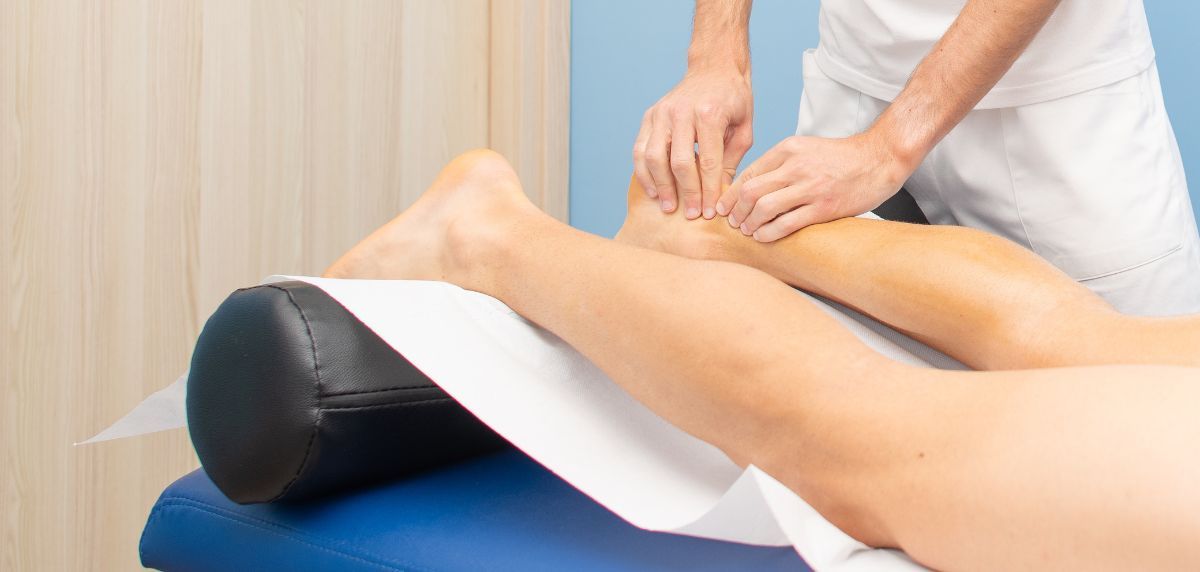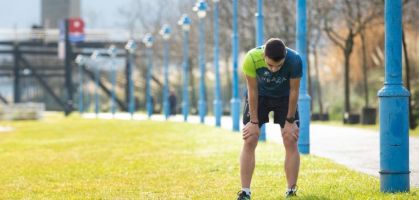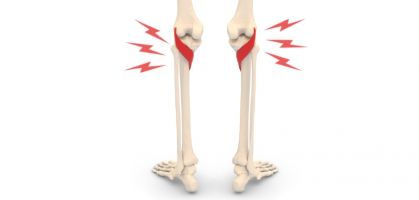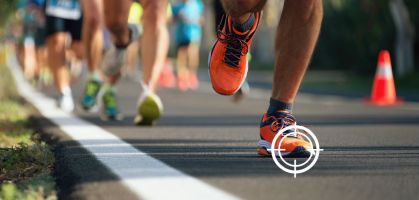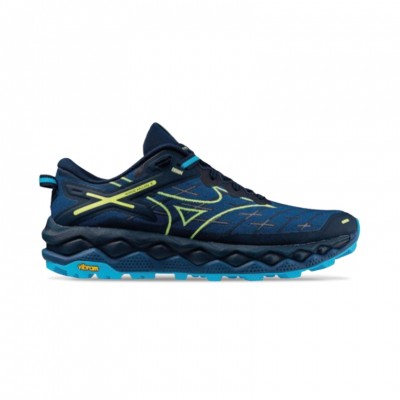The Achilles tendon is one of the largest and strongest tendons in the human body. It is located at the back of the ankle and is crucial for locomotion, as it connects the calf muscles to the heel bone. Because of its characteristics and function, the Achilles tendon is very prone to injury, especially in people who play high-impact sports or have a very active lifestyle. And in recent times it has been one of the most talked-about injuries in the world of running, as has happened to Jakob Ingebrigtsen, who has had to withdraw from the Glasgow World Indoor Championships to try to get to the Paris Olympics in good condition.
In this RUNNEA Magazine article we want you to know in detail why this injury occurs and how we can minimize the risk and accelerate the recovery time:
- The anatomy of the tendon.
- The difference between tendinitis and tendinosis.
- The mechanisms of production of this tendon injury.
- The associated treatments.
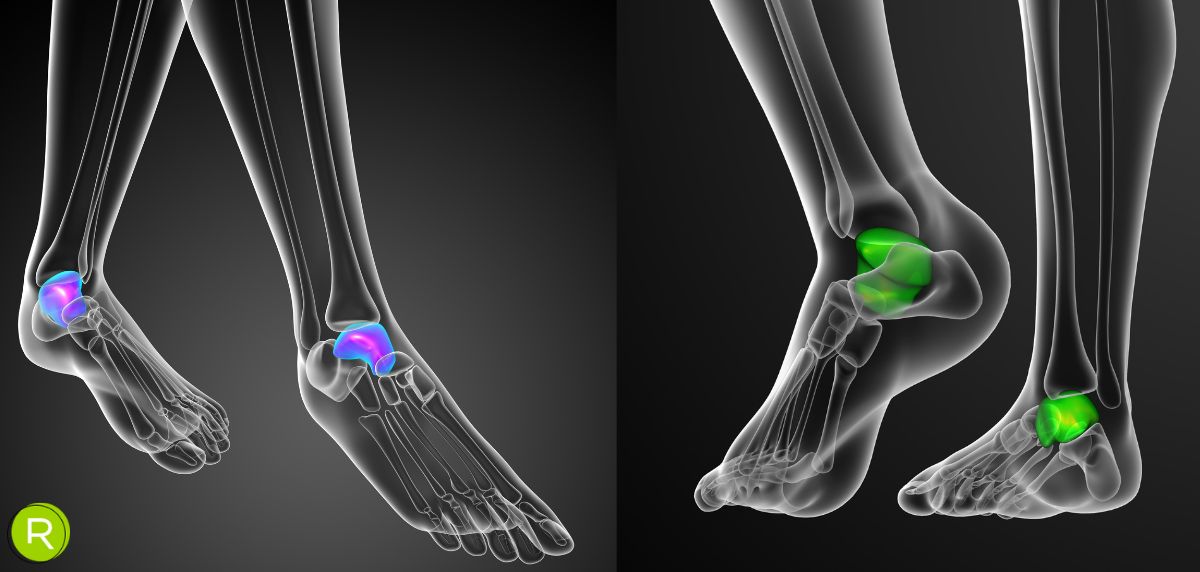
The anatomy of the Achilles tendon.
The calf is a muscle located at the back of the leg, just below the knee. It is composed of two main muscles, the gastrocnemius and soleus, which work together to allow plantar flexion of the foot, or in other words, to stand on tiptoe. The Achilles tendon is the tendinous extension of these muscles. It connects the calf muscles to the heel bone, the calcaneus, and is essential for proper foot function.
This tendon is essential for activities such as walking, running, jumping and stair climbing. Specifically, during running, the Achilles tendon plays a critical role in the biomechanics of movement. When you run, the Achilles tendon acts like a spring, elastically storing and releasing energy.
When the foot makes contact with the ground, the Achilles tendon stretches, absorbing some of the impact force and helping to stabilize the ankle joint. This energy absorption is crucial to protect the more delicate structures of the foot from injury due to the high force generated during the stance phase of the stride cycle.
As the body moves forward, the Achilles tendon contracts, releasing stored energy to propel the next step. This process of stretching and contracting continues throughout the entire run providing strength and power to each stride. In essence, the Achilles tendon acts as an energy storage and release mechanism, allowing for efficient and fluid movement.
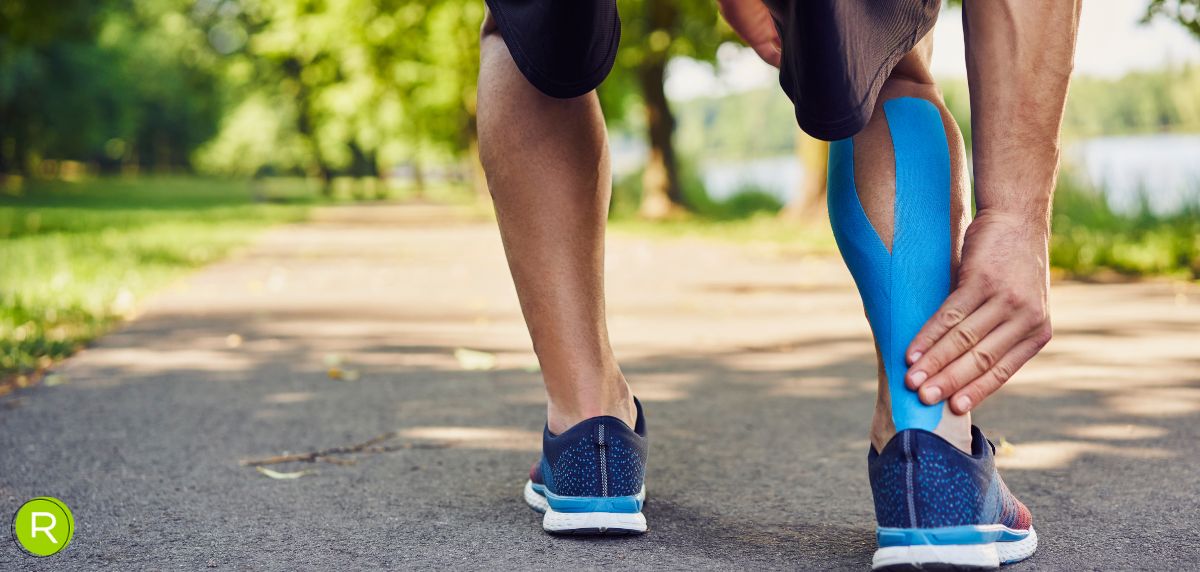
The Achilles tendon, the runner's most vulnerable spot.
However, because of its crucial role in running, the Achilles tendon is also susceptible to injury, especially in runners who engage in intense training or who abruptly change their exercise regimen.
What can increase the risk of injury to this tendon?
- Lack of flexibility.
- Overloading.
- PoorrunningShoes.
- Poor running technique.
For this reason, it is important to take care of Achilles tendon health through a balanced training program, good running technique, proper footwear and regular stretching of the calf muscles.
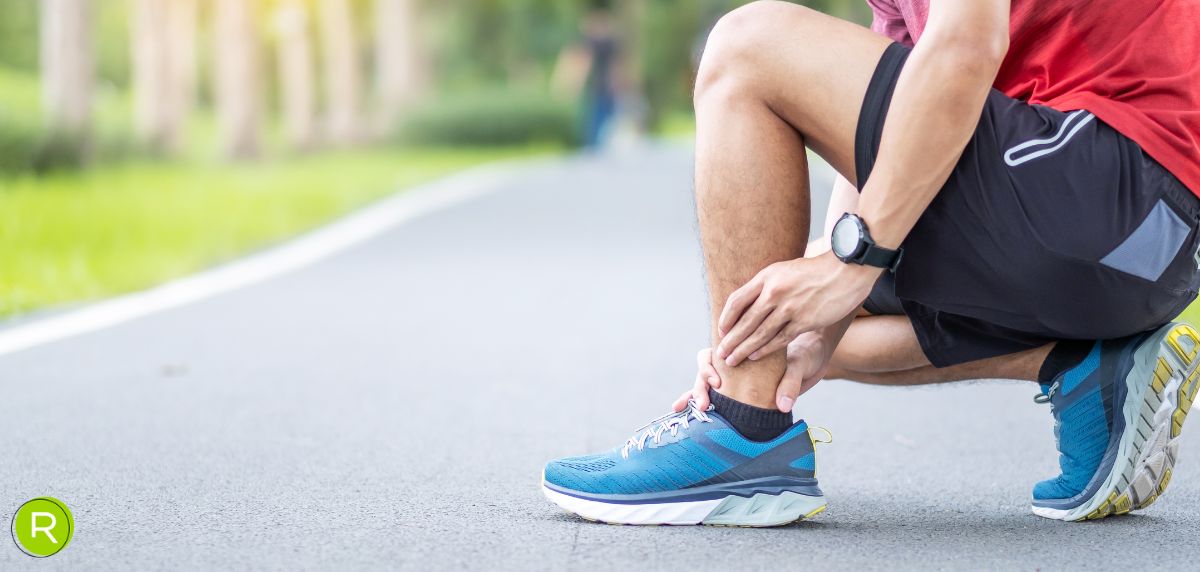
Histological Perspective of the Achilles Tendon
Before discussing the type of injuries that can occur in this tendon, it is interesting to understand the Achilles tendon from a histological point of view:
The Achilles tendon is composed of a dense, tough connective tissue, which provides it with the ability to withstand high loads and stresses. The tendon is composed mainly of cells called tenocytes and an extracellular matrix composed mainly of collagen, in addition to other structural and cellular proteins that give it its characteristic strength and flexibility .
Not sure which running shoe to choose?
In a few simple steps we help you to choose the ideal running shoe for you
Go to the Shoe FinderTenocytes, which we have already mentioned, are the main cells of the tendon, which are arranged longitudinally along the collagen fibers. These cells are responsible for the tendon's ability to respond to injury and adapt to changes in mechanical load. In addition to tenocytes, the tendon also contains cells called fibroblasts, which are involved in collagen synthesis and tissue repair.
For a physical therapist, knowledge at the histological level of the tendon is important for understanding its structure and function, as well as for the development of effective treatments for injuries affecting this important tissue.
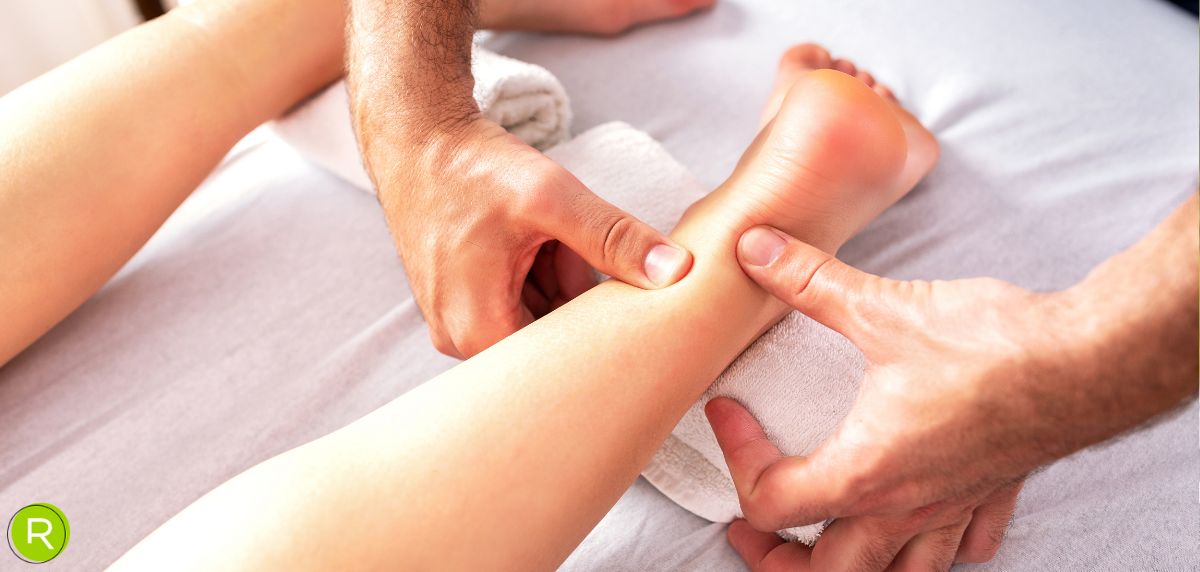
Differences between tendinitis and tendinosis
Knowing the structure of the tendon itself, we can identify two characteristic lesions that will affect the length of recovery and prognosis of the injury: tendinitis andtendinosis.
Tendinitis and tendinosis are two conditions that affect tendons, but have significant differences in terms of causes, symptoms and treatment.
Tendonitis
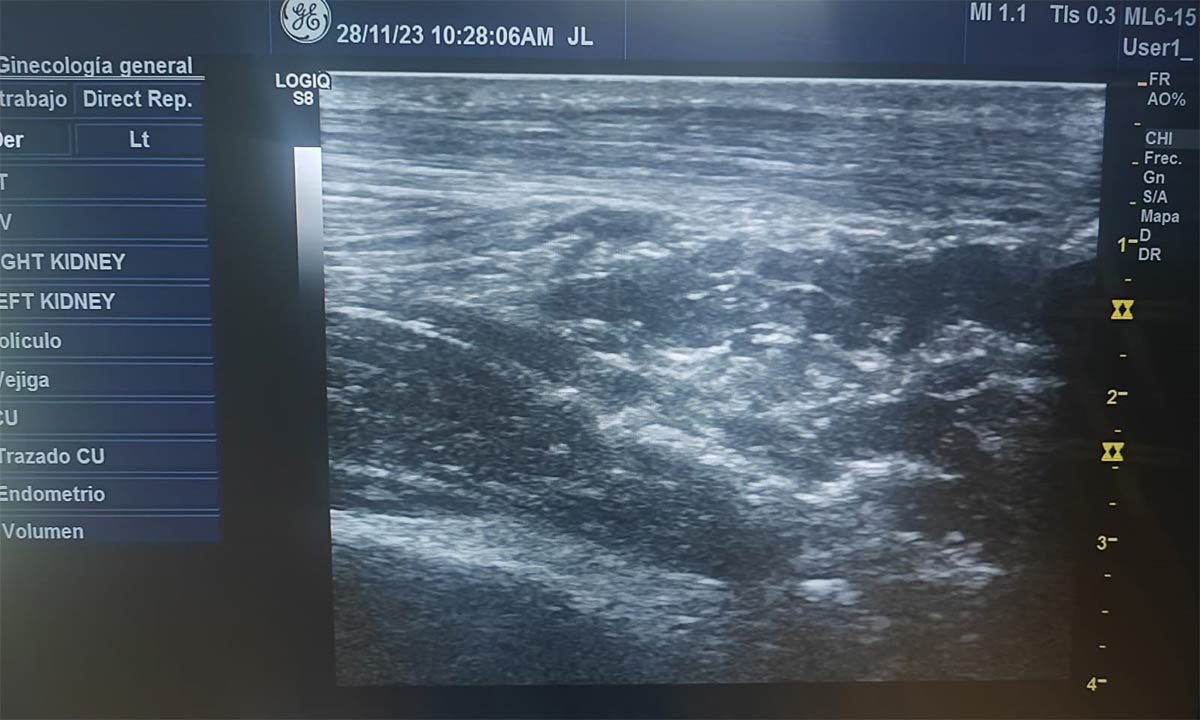
It is the acute inflammation of the tendon. It occurs due to sudden injury or overuse of the tendon.
Symptoms of tendinitis include pain, swelling, tenderness in the affected area and possibly the presence of heat on the skin.
Tendonitis is usually caused by repetitive movements, such as lifting weights incorrectly or making sudden movements when playing sports. When there is acute inflammation it is convenient to stop the sport activity to give rest to the tendon and to make possible its recovery.
Tendinosis
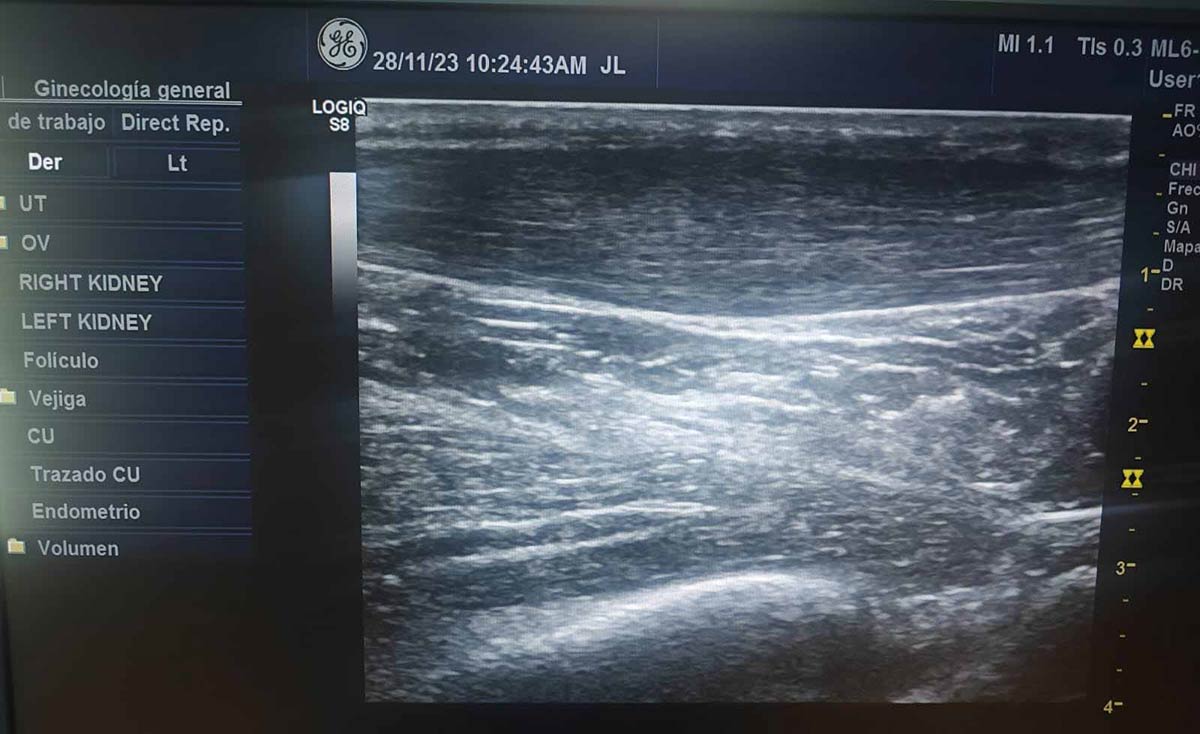
It is a chronic condition that involves degeneration of the tendon tissue. In tendinosis, there is structural damage and degeneration of the collagen fibers of the tendon, although inflammation is not necessarily present.
Common symptoms include chronic pain, weakness and stiffness in the affected area.
Tendinosis is usually the result of untreated or poorly treated tendinitis, as well as continued overuse of the tendon. When performing ultrasound in consultation it is striking to see a thickened tendon produced by the tendon's response to continued damage. It should be noted that a thickened and degenerated tendon does not always produce pain or inflammation.
To summarize, tendinitis is an acute inflammation of the tendon caused by injury or sudden overuse, while tendinosis is a chronic condition involving degeneration of the tendon's collagen fibers. Both require specific treatment approaches and it is important to seek specialized care for an accurate diagnosis and appropriate treatment plan.
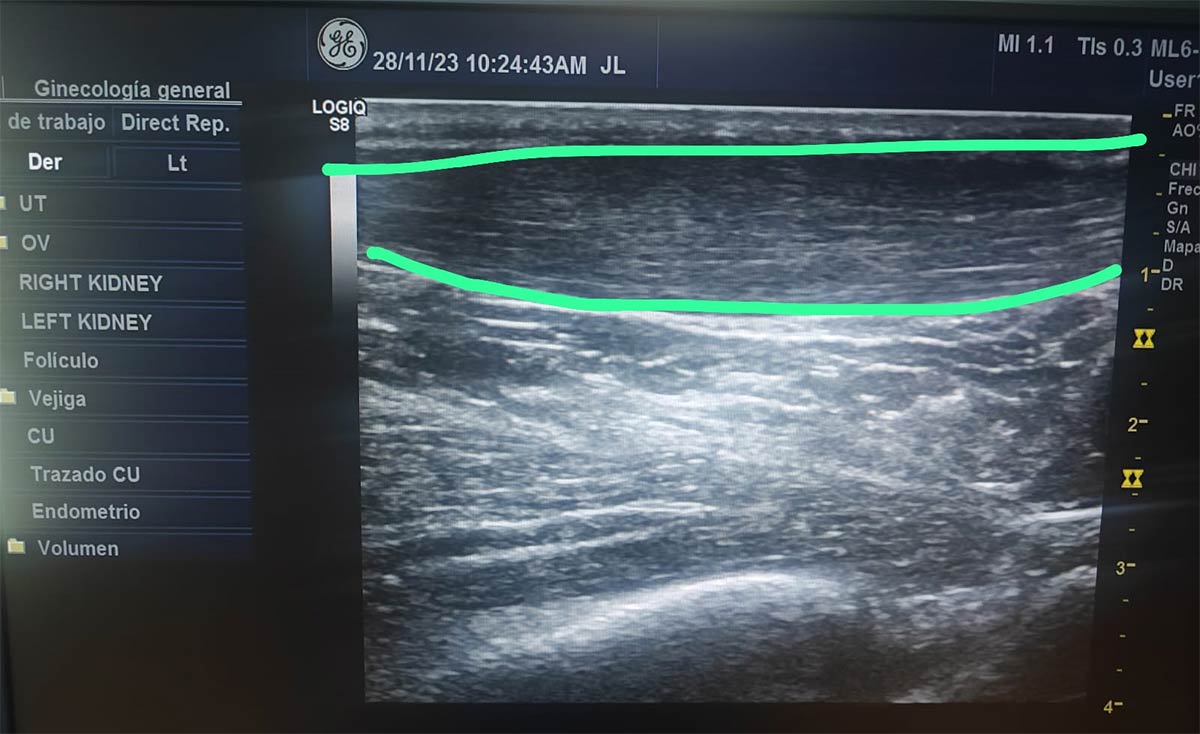
Achilles tendon tear or rupture.
Another common injury is an Achilles tendon tear or rupture. This type of injury usually occurs during sports activities that involve explosive movements, such as jumping or running sprints. An Achilles tendon tear causes sudden, severe pain in the back of the leg, as well as a "snapping" sensation at the time of injury. If the tendon rupture is complete, immediate surgical intervention is necessary.
Achilles tendon injuries can occur due to a number of factors. Overuse is one of the most common causes, which is associated with activities that require intense and repetitive effort. Abrupt changes in exercise intensity or duration can also lead to injury.
Poor running technique can also increase the risk of Achilles tendon injury.
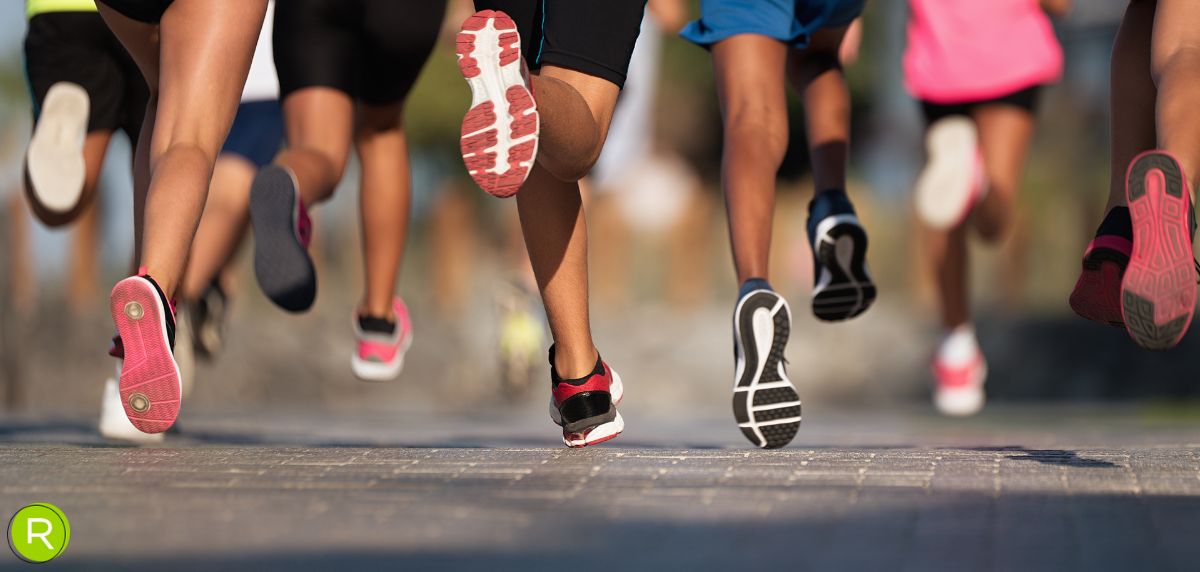
Anatomical imbalance in the Achilles tendon
In many cases, it is necessary to analyze the origin of the pathology. Anatomical decompensation can lead to increased tension and stress on the Achilles tendon, which in turn can lead to injury and dysfunction. Some of the mechanisms of injury associated with anatomical decompensation in the Achilles tendon include:
Pes cavus
Pes cavus is characterized by excessive curvature in the arch of the foot. This anatomical configuration can increase stress on the Achilles tendon, as the foot may not adequately distribute the load during walking and physical activities, which can result in increased stress on the tendon.
Flat foot
Unlike pes cavus, flatfoot is characterized by a decreased or absent arch of the foot. This condition can lead to overpronation or excessive internal rotation of the ankle, which in turn can increase stress on the Achilles tendon and contribute to its injury.
Leg length differences
Leg length dysmetry can lead to increased stress on the Achilles tendon, as the foot of the shorter leg may need to compensate with longer strides or compensatory movements that directly affect the Achilles tendon.
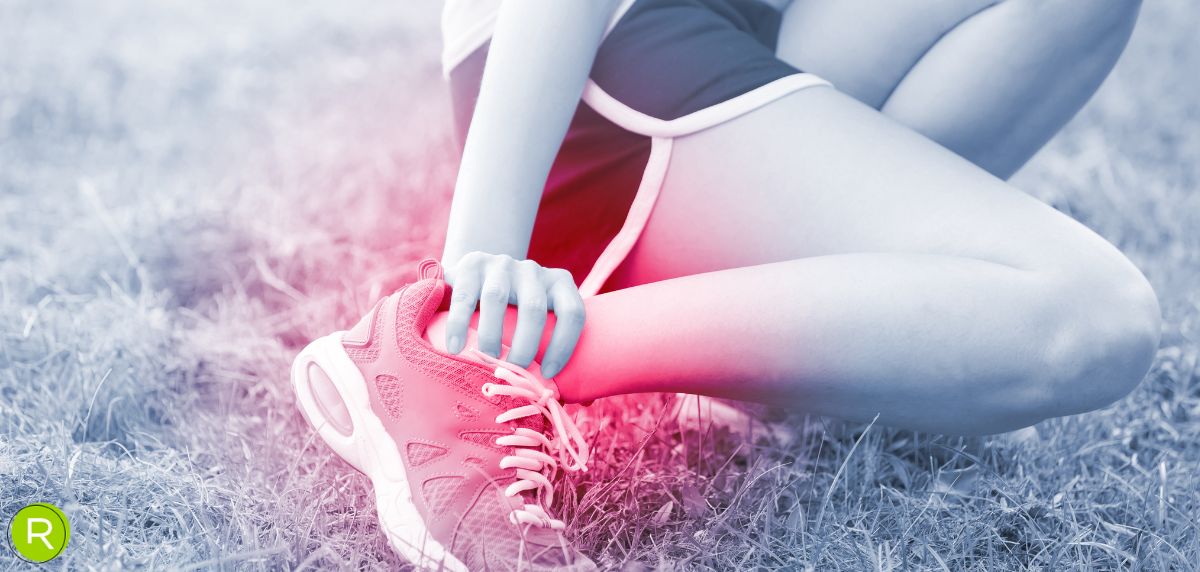
Alterations in the biomechanics of the ankle
Alterations in the biomechanics of the ankle, such as instability or lack of joint stability, can increase stress on the Achilles tendon and contribute to its injury. For example, a weakness in the stabilizing muscles of the ankle can cause excessive load on the Achilles tendon.
Alterations in hip biomechanics
Imbalances in hip biomechanics, such as an unbalanced gait or a weakness in the hip stabilizer muscles, can affect load distribution during running. This can place increased stress on the Achilles tendon and contribute to its injury.
Sudden increase in training intensity or training volume.
An abrupt increase in running intensity or distance can overload the Achilles tendon, especially if the body has not had enough time to adapt to the additional demands.
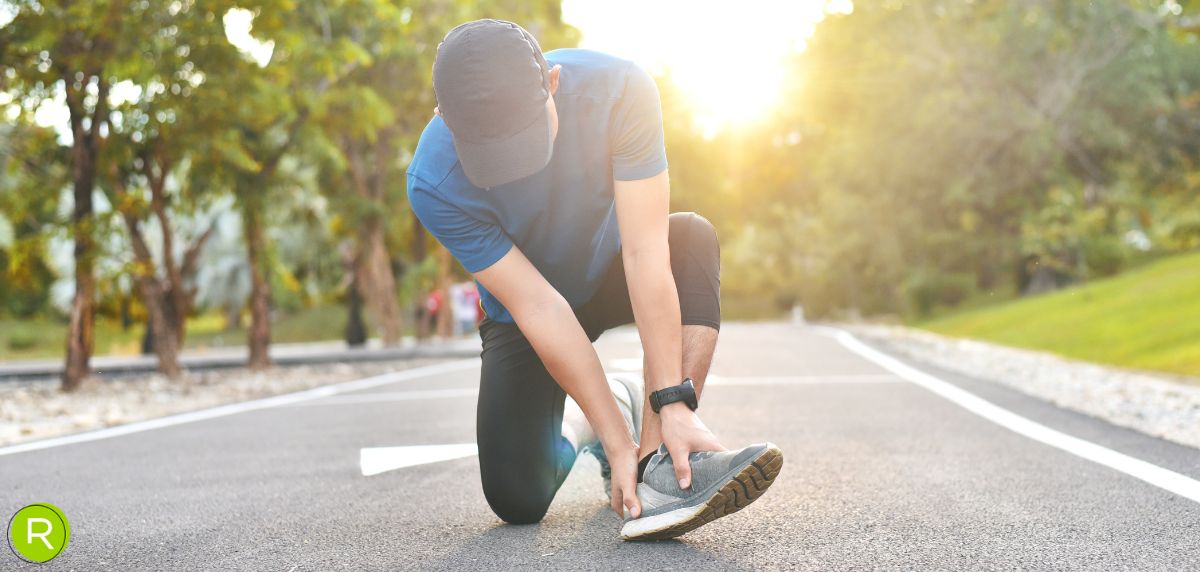
What is the most appropriate treatment for Achilles tendon injury?
The treatment for Achilles tendon injuries depends on the severity of the injury on the one hand, and on the other hand on the type of tendinopathy that comes into consultation.
In the case of tendinitis, where there is acute inflammation, sometimes very painful and disabling, rest, ice application, the use of anti-inflammatory drugs and physical therapy are necessary to promote recovery. Tendinitis is generally slow to evolve and resistant to treatment, so it is important to identify the type of injury to adapt the best treatment in each case.
There are studies that indicate that most acute tendinitis by itself is cured only with rest, but as we mentioned above, the tendon should not accumulate structural damage and become a chronic injury with great potential for relapse.
Fisiosegovia is a physiotherapy center has specialized in recent years in the treatment of specific tendon injuries.
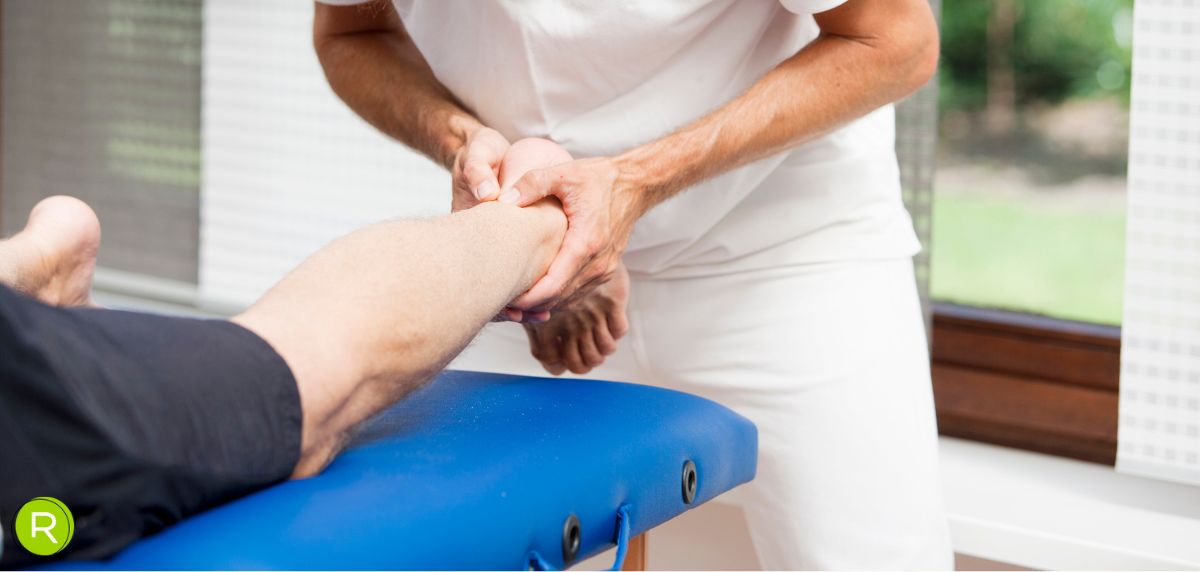
Techniques and tools to treat tendinopathy
First we conduct an in-depth interview with the patient to know the mechanism of injury, the time of evolution of the injury, the sport practiced, etc.. A good anamnesis together with an ultrasound control will determine the treatment protocol for each patient. Techniques such as radiofrequency, high power laser, manual techniques or invasive techniques such as electrolysis or neuromodulation make it possible to recover tendon injuries.
In addition to physiotherapy, self-treatment will help to shorten recovery times. Sports rest, gentle stretching, the application of ice, the use of anti-inflammatory creams and therapeutic exercise guided by the physiotherapist can help control pain and inflammation.
In summary, the Achilles tendon is a crucial component of the musculoskeletal system and its proper functioning is essential for mobility and the performance of sports or daily activities. Injuries to this tendon can be very disabling, so it is important to take the proper steps to prevent and treat them in a timely manner. Proper care of the Achilles tendon is essential to maintain an active and healthy lifestyle, and to be able to achieve our athletic goals without injury.
You may be interested in:
Read more news about: Sports Injuries
